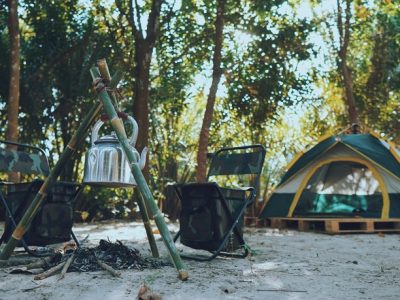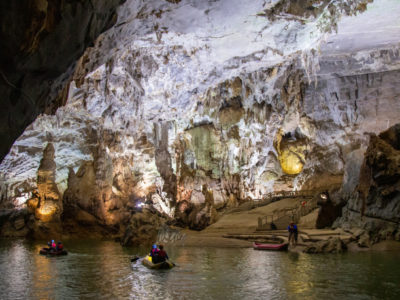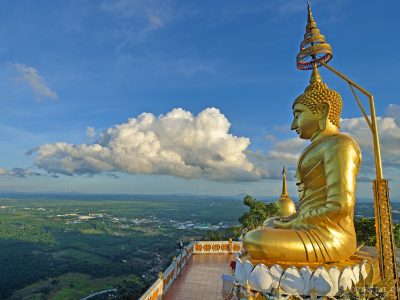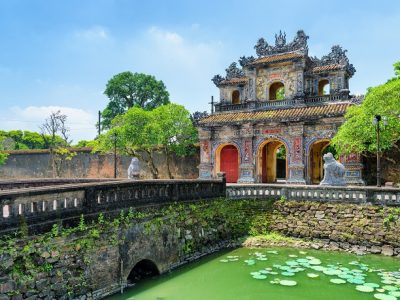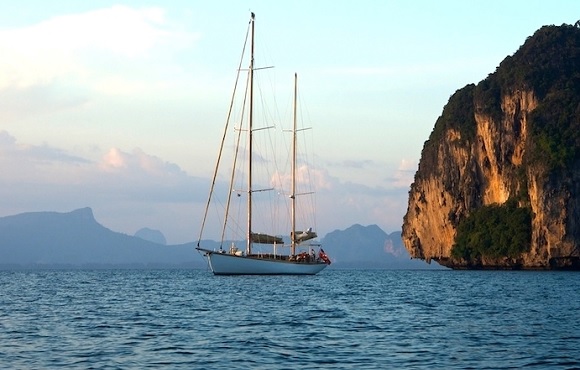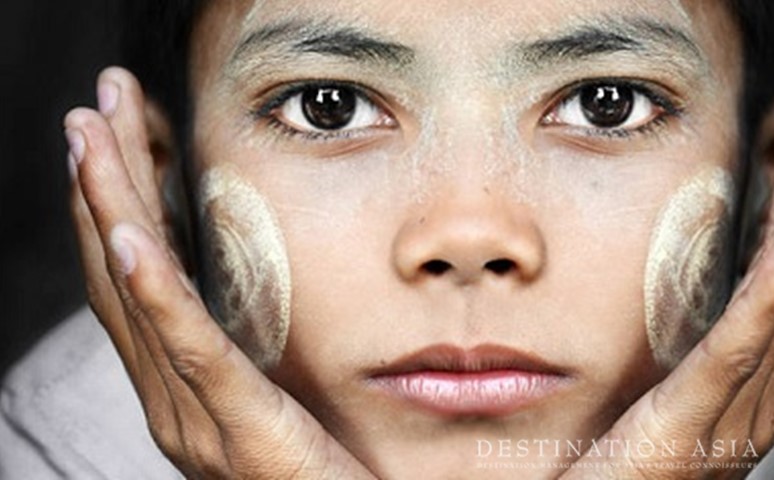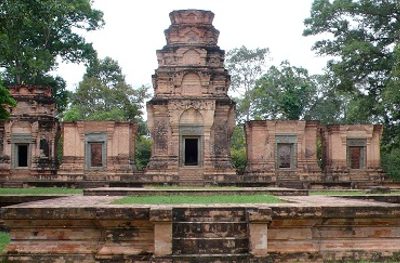Penang Hill Biosphere in Malaysia, Doi Chiang Dao in Thailand, and Kon ha Nung in Vietnam are among eight new Biosphere Reserves in Asia and the Pacific welcomed to UNESCO’s World Network of Biosphere Reserves. Standing to make a significant contribution to the region’s engagement with UNESCO’s Man and the Biosphere (MAB) Programme and to the sustainable future of the region’s people and nature, these newly designated Biosphere Reserves were inducted during the 33rd session of the International Co-ordinating Council of UNESCO’s Man and the Biosphere (MAB) Programme held Abuja, Nigeria from 13 – 17 September 2021 and attended online by its member and observer countries.
Situated on Penang Island, Penang Hill Biosphere Reserve is a mosaic of urban, agricultural and natural landscapes. Featuring one of the last coastal rainforests in Malaysia, coastal lowland and hill dipterocarp forests, mangroves, wetlands, sandy beaches, and coral reefs, its diverse habitats support a wide range of floral and faunal diversity. Under the leadership of the Penang Hill Corporation, the Penang Hill Biosphere Reserve now features not only the timeless forests of Penang Hill but also encompasses the state’s forest reserves, the historic Penang Botanical Gardens, Penang National Park, and coastal and marine ecosystems in an unbroken link from the hill to the sea.
Doi Chiang Dao Biosphere Reserve is located in Chiang Dao District of Thailand’s Chiang Mai Province and is the only region in the country to be covered with sub-alpine vegetation. The landscape abounds with caves formed by the infiltration of rainwater through limestone formations. The largest and most important of these is Chiang Dao Cave, from which the biosphere reserve takes its name. Ecotourism, birdwatching, and stargazing are further local tourist attractions.
Kon ha Nung is situated in the highlands of Central Vietnam and is home to 413,511.67 inhabitants plus several rare and critically endangered species. The biosphere reserve is managed in line with the traditional knowledge of local communities including indigenous and folk knowledge about production and social organization. The Gia Lai Province People’s Committee formulates policies concerning land and forest allocations to households, payment for forest ecosystem services and the development of sustainable ecotourism.
Biosphere Reserves the world over are celebrated for their exceptional biodiversity and distinct social landscapes as well as for their potential to demonstrate innovative ways of living in harmony with nature. At Destination Asia, we have taken great steps over the past 10 years to ensure all travellers who journey with us are socially, culturally, and environmentally aware of their new surroundings. To view our sustainability policy and learn more about the steps taken click here.






